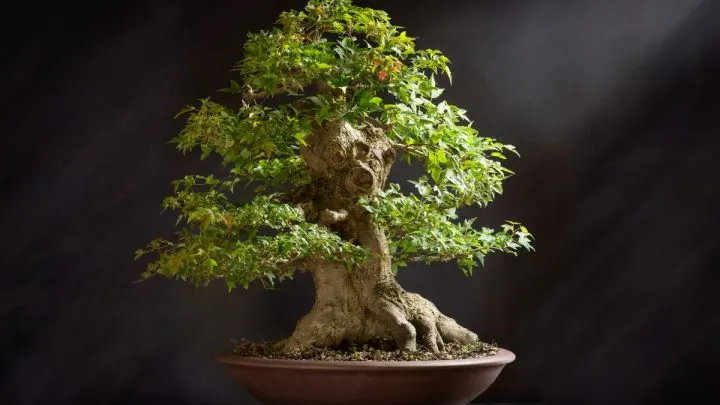If you’ve ever walked into a bonsai tree store, you’ve noticed that they are very expensive. Of course, even more so if we are talking about exclusive copies that have been processed by professionals and that are put up for sale.
I’m also sure you’ve watched some TV shows about expensive apartments and penthouses and almost always one of those had a bonsai tree. We will not lie, they bring elegance to any room.
But have you ever wondered what the most expensive bonsai tree in the world is? Or for that fact, what is the most expensive tree? If you are curious, just to know how much this would be worth, then you will find a solution here. Shall we tell you then?
Why Is, In Fact, Bonsai Tree Expensive?
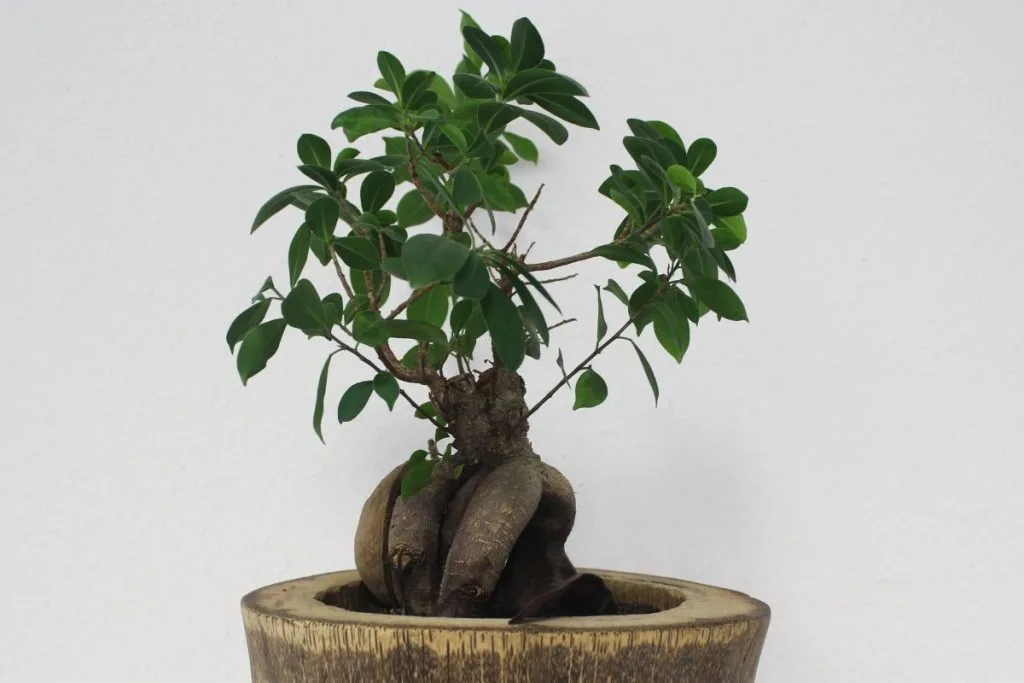
There is no doubt that bonsai is a real gem. While the ones we can buy and see in stores aren’t even close to “real bonsai,” those that are made from a young age until they get lush, delicate, unusual shapes become art over time.
You may not know it, but that bonsai you buy in the store had to go through 5 to 10 years of daily and superficial cures to get that look and that copy.
But in the case of more specialized stores, you’ll find more representative forms that require days, months, and years of work to finally see that result in the store.
When creating a bonsai, you need to choose a good tree to modulate it over months and years so that you get a suitable figure and aesthetic qualities.
Then you have to prune it, wire it to water the branches, clean it, cut off the roots, and transplant it a few times to make the trunk thicker, and maintain enough watering.
For this you need to add the use of special tools, many of them handmade or created by breeders. All of this is very expensive.
That is why the price of bonsai is so expensive. On the one hand, because of his job behind it, with possible failures, not everyone always comes forward. But on the other hand, by using the tools that are needed.
To get an idea, moderately presentable bonsai must be at least 10 years old. And those would be young specimens.
The Most Expensive Bonsai Tree(s) – Juniper Bonsai
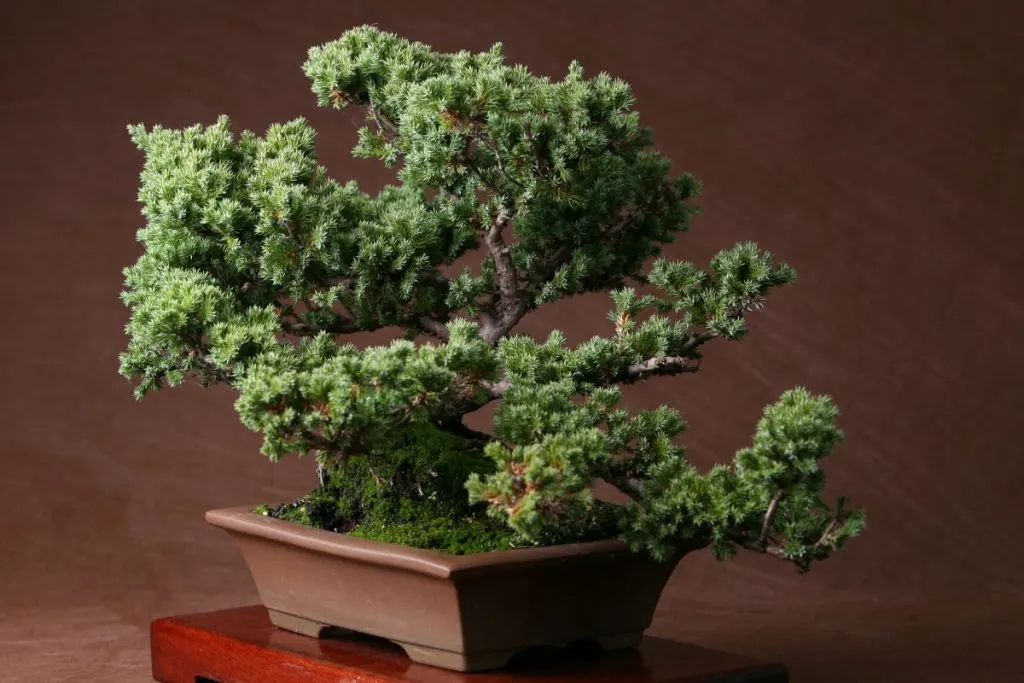
You already know that these trees live long and are very deciduous and that amazing shapes can be achieved with them.
Aesthetically, he is the “master of trees”. Its trunk is huge and very, very wide, which twists into itself and creates a silhouette with its branches, also thick, and lush greenery that combines with brown.
This bonsai went on sale in 1981 and then the buyer paid $ 2.5 million to download a copy. This bonsai tree is called “Juniper bonsai.” We are talking about a 250-year-old bonsai.
What do you think about bonsai now? Do you think they can be a good investment if you take good care of them and leave a few million to your descendants as a legacy?
How Long A Bonsai Tree Can Exist?
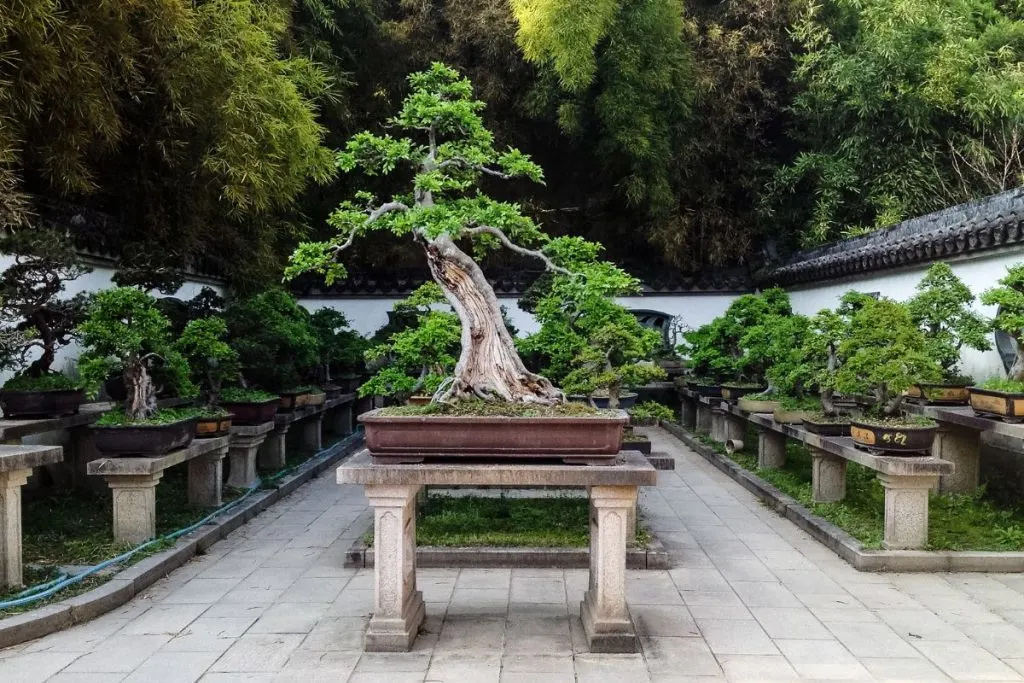
Some die earlier, and others can be up to 800 years old. It is true that if you take good care of the bonsai and cover all its needs, it is normal for it to live for at least 100 years.
There are many others, especially in Japan, that are over 150 years old. One of the techniques applied to them is pruning roots and branches.
Imagine a tree whose lifespan is in its original state of 25 years. By making bonsai and applying this technique, you double your life. And if you add other techniques to that, you could easily go over those 50 years.
For this reason, if the known years of the life of the tree are in its normal state, with bonsai trees it can be achieved to double that amount, passing it on to relatives.
Another question is: How long does a bonsai tree take to grow?
Oldest Bonsai Tree In The World!
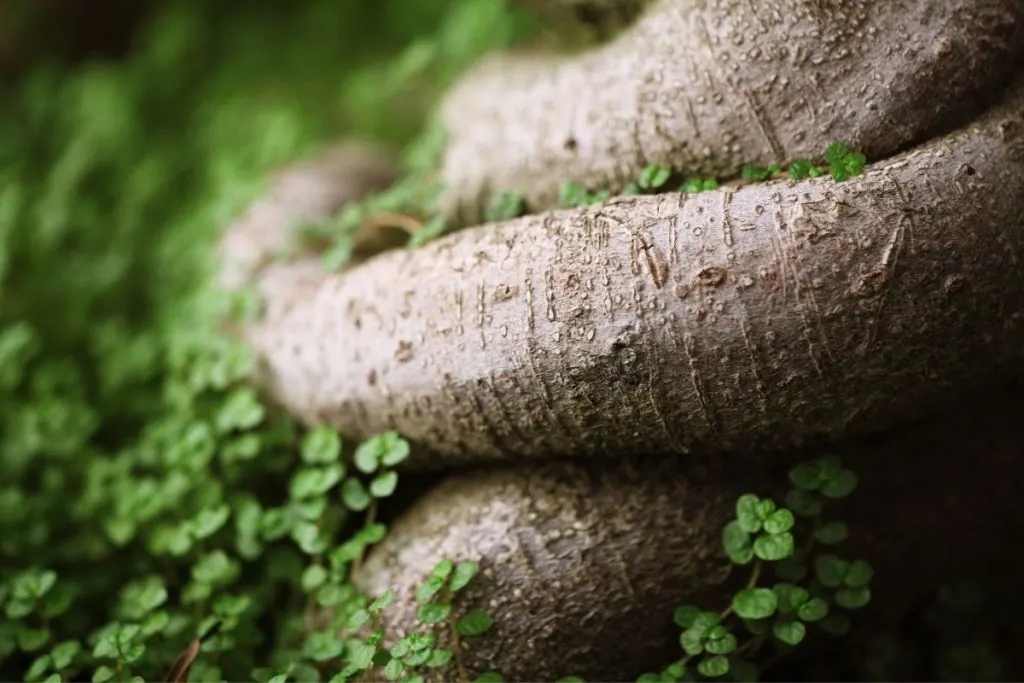
The first and oldest bonsai in the world is over 1000 years old. It is considered to be the oldest bonsai in the world. It is housed in the Italian Bonsai Museum in Crespi.
Another of the oldest, also over 1000 years old, is a pine bonsai located in the Mansei-en Bonsai nursery. He is from the Kato family in Omiya, Japan, and is quite exemplary.
Currently, its owner, Master Kobayashi, who is one of the most famous bonsai professionals in the world, has won the award four times.
The next specimen is a complete survivor. When the atomic bomb fell in 1945, that bonsai was there and the tree survived both the impact and the heat and radiation that was generated.
Today, this Japanese white pine is centuries-old pine (over 400 years) and was donated to the National Bonsai & Penjing Museum in Washington.
Maintenance And Care Of Bonsai Trees
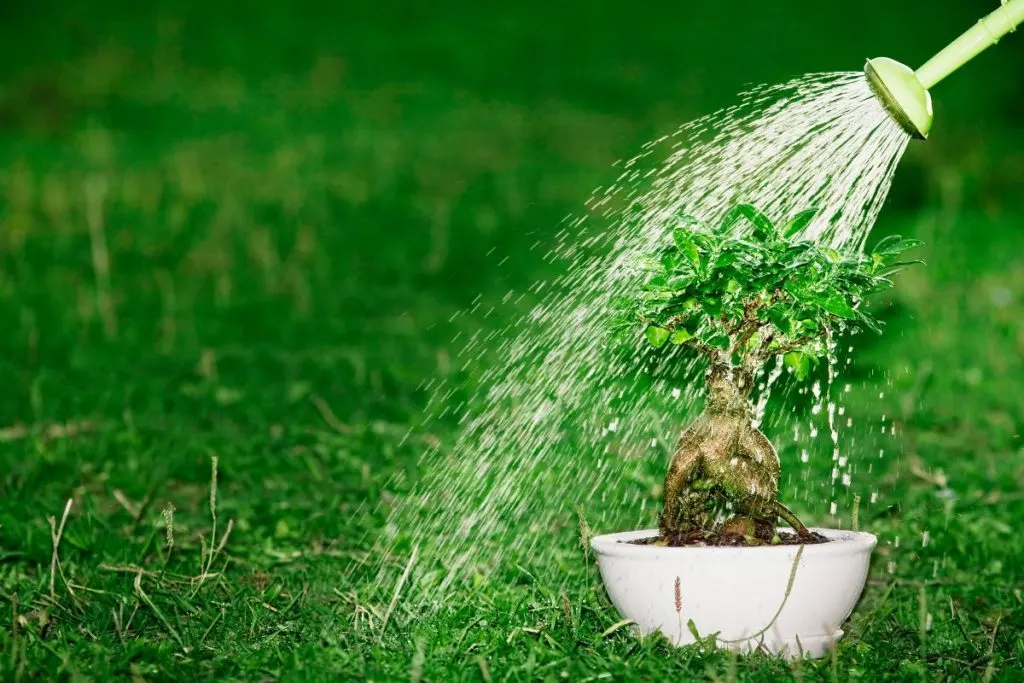
– The bonsai tree does not tolerate temperatures below 15 degrees. In the summer months, it is recommended to keep it in direct sunlight in the morning and the partial shade for the rest of the day.
– The tree should stand in an elevated position. In winter, it is recommended to place bonsai trees by the window. It is important to receive enough sun. Regular and proper watering is one of the most important conditions for the success of bonsai trees.
– It should be immediately noted that the soil in which the tree is planted should never dry out completely. On the other hand, the tree should never be watered too much.
– It is recommended to fertilize the bonsai tree with artificial liquid fertilizer or standard plant fertilizer. It is very important to fertilize the tree because it likes permeable soil, which means that such soil has a harder time retaining nutrients.
– Basic pruning is done so that all overgrown shoots (coming out of shape) are cut with sharp scissors. Thick and large branches are pruned. It is often difficult to decide which branches should be pruned and which should not be pruned. Pruning is done in early spring or late fall.
About Other Bonsai Trees
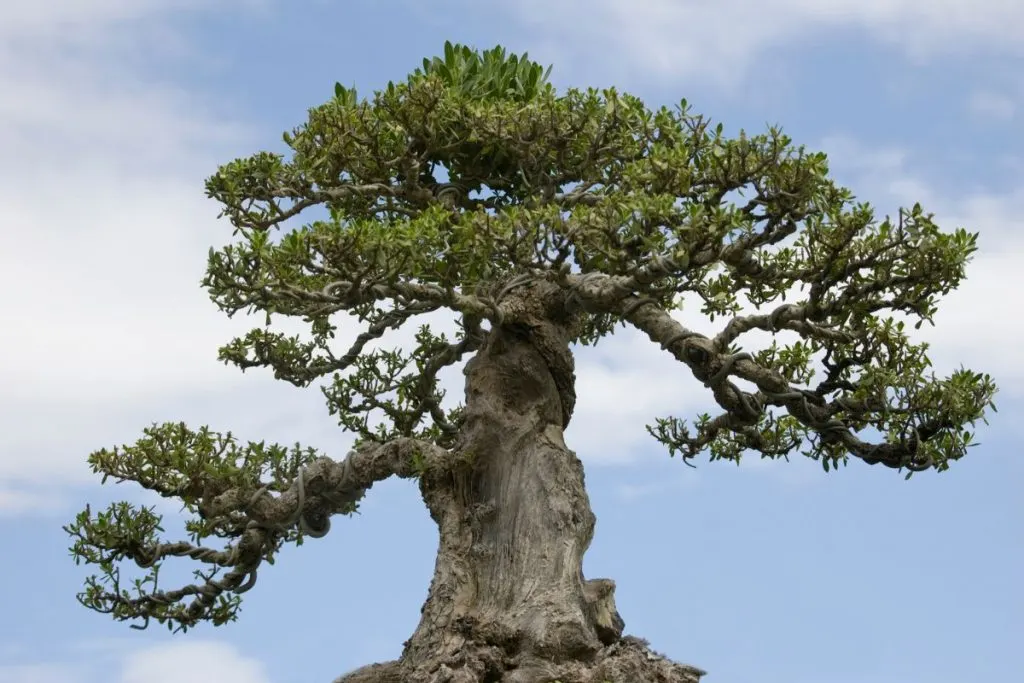
White pine bonsai tree, Sargent juniper bonsai tree, pine bonsai, ficus bonsai tree, needle pine bonsai, shunkaen bonsai museum, Japanese white pine bonsai, Japanese bonsai, zelkova bonsai, ficus retusa linn, jade bonsai, kimura’s zelkova bonsai, Japanese maple, five-needle pine, all of these, believe it or not, are bonsai trees you would want to have. But some are also ficus plant types.
You don’t have to spend million dollars to get a proper bonsai tree. A few dollars less, of course, you won’t have the world’s oldest bonsai tree in your home, but it will still be a good one. When you give it its proper care and much love, every bonsai tree will grow healthy and elegantly.
Yamaki pine and others from the Yamaki family have wonderful miniature forms and they make a great house plant. Especially if you don’t have much space in your home.
Learn More About Bonsai In Lovely Bonsai Museums
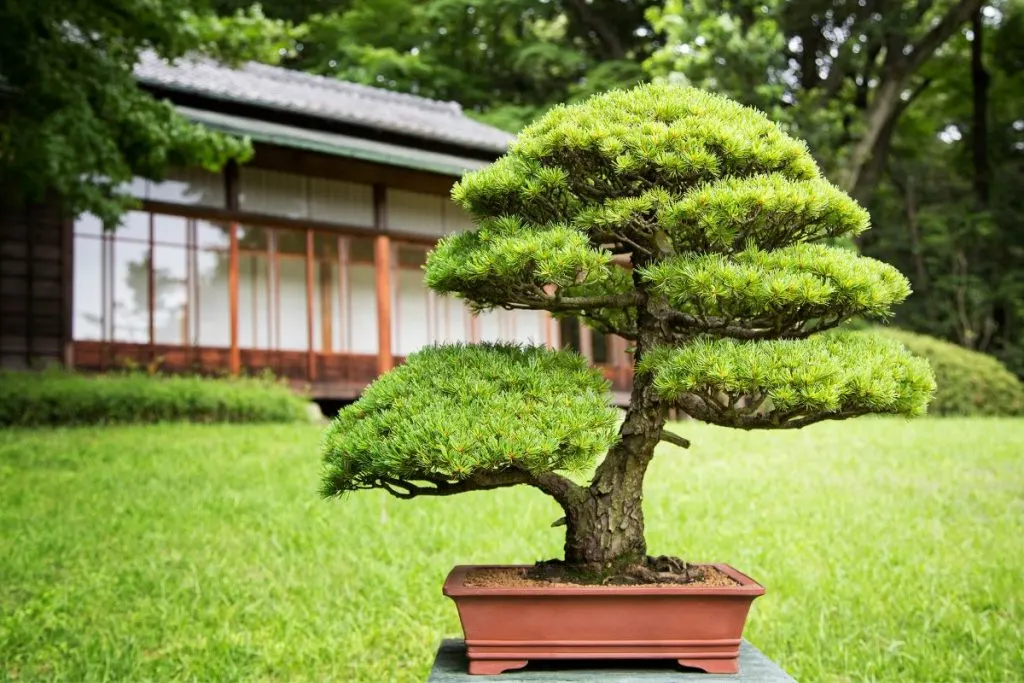
If you’re simply a bonsai fan and you just like watching them all day long, the annual taikan ten bonsai exhibition offers many great bonsai examples. South America, Japan, and China offer a lot of that!
The price of a bonsai doesn’t always define its look. If you don’t pay 1.3 million dollars for it, it doesn’t mean that your bonsai won’t be any good.
Go to the local garden center and buy yourself a thick trunk bonsai. In a few years, you’ll have an amazing tree in your home.
Of course, once again, if you just enjoy bonsai trees, then visit a shunkaen bonsai museum, go to the international bonsai convention, and visit the national bonsai foundation, Crespi bonsai museum, and so on.
Over there, you’ll see some of the best bonsai trees, bonsai plants, and pine bonsai trees. If you enjoy just the art of bonsai tree, then just focus on the museums. If you, however really want to blow your mind, visit Omiya bonsai village. There you can see the rarest bonsai tree in the world!
History Of Bonsai Tree
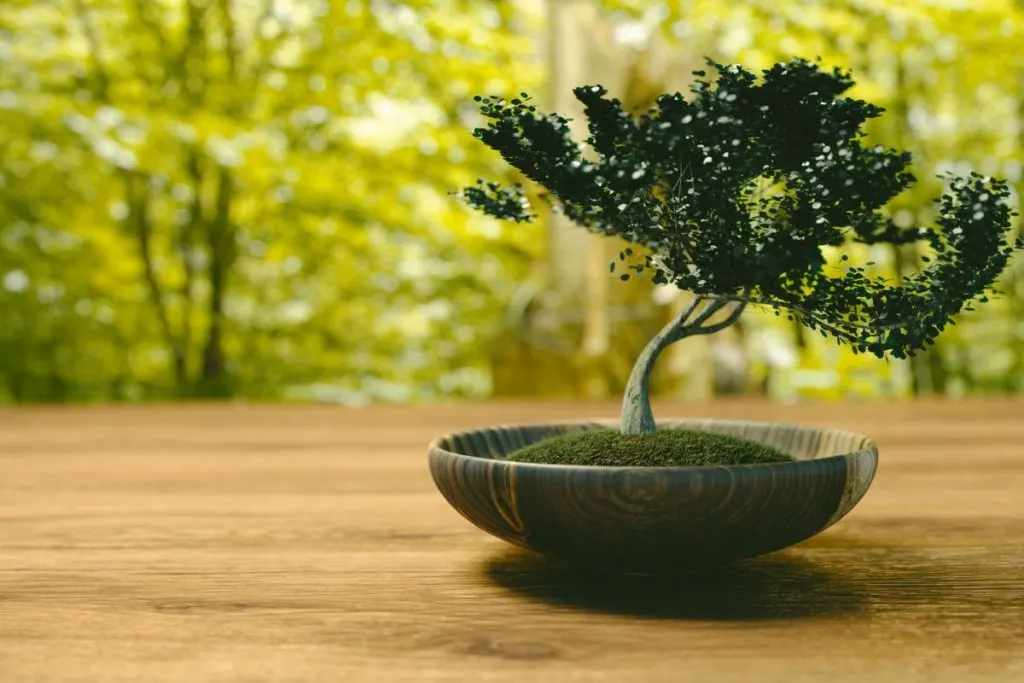
There are several legends about how bonsai first appeared. One of the most famous says that one emperor (who was threatening) thought that traveling was very tiring and hard. Therefore, to be able to see every part of his empire at any time, he had a miniature copy of the empire made in the courtyard of the palace. And for those who try to do something similar, he envisioned punishment in the form of execution. Later, penning is a status symbol. It was especially valued from the 10th to the 13th century, that is, during the Song Dynasty. Somehow at that time, cultivation in an individual pot began. In these beginnings, trees were most often shaped into animals and dragons. As Chinese power spread, so did bonsai become part of cultural exchange among nations.
In Conclusion
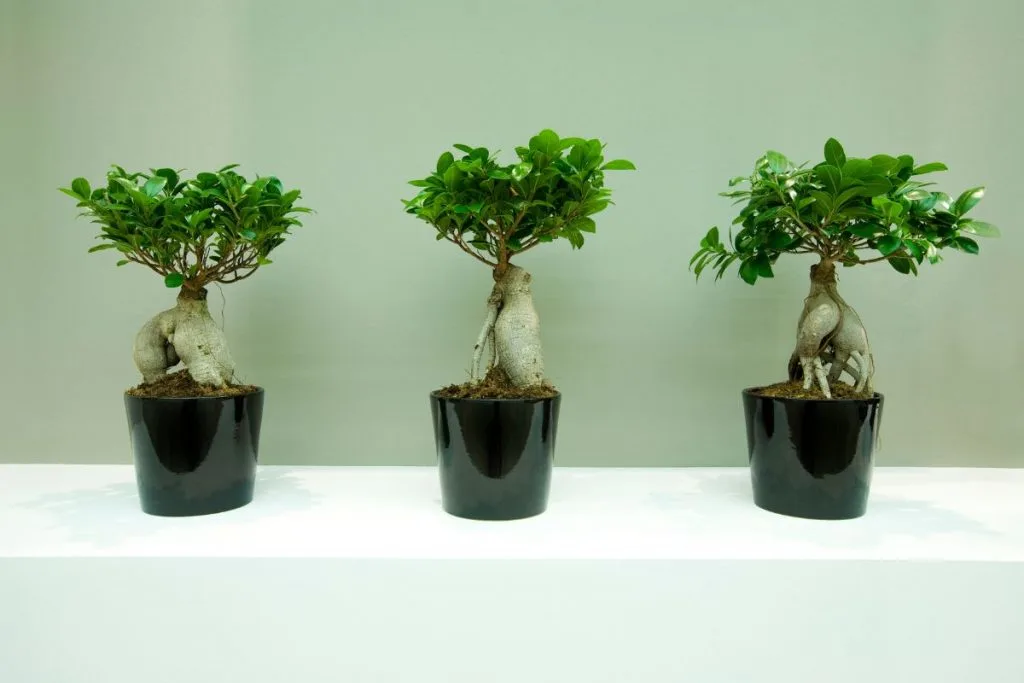
When you start investigating the bonsai world, you discover how amazing it truly is! You’ve learned all about expensive bonsai trees above, let’s mention now some other nice varieties. They don’t have to be the most expensive bonsai trees.
What is the most expensive bonsai tree? You know it! Additionally, you have a bit of a care guide as well, just in case you decide to get one for your home as well.

